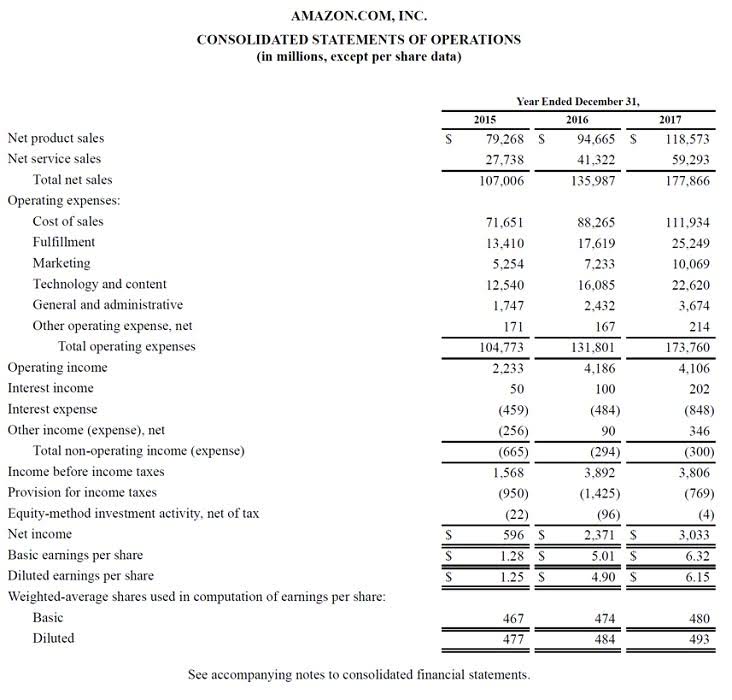Finally, the net income margin is 40%, indicating that 40% of the company’s net sales translates into net income. Input the percentage against the line items calculated to see a concise view of each item’s contribution to the gross amount. Creating visually appealing charts such as bar graphs or data tables will make it easier to understand. Would you like to review the financial performance from the past months/years or demonstrate your business’s financial health to stakeholders?
- Another form of financial statement analysis used in ratio analysis is horizontal analysis or trend analysis.
- Instead of determining the percentage of each line number against the base figure over a particular year, you can establish the change of each line number over a period of years.
- This allows for a quick snapshot of financial composition and helps businesses understand how different components relate to the whole.
- A Common-Size Cash Flow Statement is a financial statement where each line item is expressed as a percentage of total cash inflows or outflows.
- Similarly, in a balance sheet, every entry is made not in terms of absolute currency but as a percentage of the total assets.
- The company’s management decides on an initial sum to use as a basis or benchmark for measuring the company’s overall level of performance.
Vertical analysis example (income statement)
Vertical analysis follows a straightforward formula that converts raw financial data into relative percentages, making interpretation easier. Now that you have your base figures, calculate percentages for each line item by dividing each item by its respective base figure. The following examples demonstrate how to do a vertical analysis using these free balance sheet template and income statement template. The calculations are performed in Google Sheets, but you can easily do the same in Excel. Practitioners should ensure data vertical analysis accuracy, use Vertical Analysis alongside other financial tools, and consider the broader context to make well-informed decisions based on the analysis results. Vertical Analysis can be complemented with tools like Horizontal Analysis, Ratio Analysis, and Trend Analysis to provide a more comprehensive understanding of a companys financial health and performance.
- It will be easy to detect that over the years the cost of goods sold has been increasing at a faster pace than the company’s net sales.
- The information provided in the balance sheet provides the change in working capital, fixed income over some time.
- Vertical analysis, while useful for proportional accounting assessments, has its limitations.
- In the next section about ‘analyze and interpret the results,’ we will explore how to draw meaningful conclusions from this analysis without writing ‘step’.
- It starts with gathering the most recent financial statements and ensuring that all figures are correct.
What is it, how to calculate it, formula, why it’s important
In this comprehensive guide, we will walk through the vertical analysis process with examples to show you exactly how to calculate vertical analysis for the income statement and balance sheet. Vertical analysis is a method used in financial statement analysis where each line item is listed as a percentage of a base figure within the statement. For instance, in an income statement, each line item is represented as a percentage of total sales. This proportional approach allows for easier comparison across different periods or companies, regardless of size. This approach allows for a more straightforward comparison of financial statements over different periods or between different companies, regardless of their size.
Vertical Analysis: Definition, Formula & Examples
- However, these two types of expenses did not really rise substantially and only account for a relatively small proportion of revenue.
- This rose sharply to 52% of sales in year 3 (from 41% and 44% in year 2 and year 1 respectively).
- The common size Fraction is also useful for comparing businesses that operate in the same industry but use different currencies or those that operate in a completely different industry.
- By providing a clear understanding of financial data through percentages, vertical analysis helps stakeholders assess a company’s financial health and performance.
- With practice and attention to detail, you will become proficient in this analytical skill that is highly sought after in the business world.
The proportional relationships within financial statements can vary widely real estate cash flow between sectors, making it difficult to draw meaningful comparisons. Another crucial aspect of interpreting vertical analysis is identifying trends over time. Consistent changes in the percentages of specific line items can reveal underlying shifts in business operations or market conditions. For instance, a rising percentage of administrative expenses over several periods might signal growing operational inefficiencies that need to be addressed.
How to Calculate Vertical Analysis Step-by-Step
Vertical analysis is used on a balance sheet, income statement, and cash flow statement and is used online bookkeeping to understand each line item as compared to the base amount. You can use this to compare companies of different sizes and their financial statement to averages. Vertical analysis is an invaluable tool for simplifying financial statements and gaining valuable insights into a company’s financial performance.
Vertical analysis breaks down your financial statements line-by-line to give you a clear picture of the day-to-day activity on your company accounts. It uses a base figure for comparison and works out each transaction recorded in your books as a percentage of that figure. This helps you compare transactions to one another while also understanding each transaction in relation to the bigger picture, rather than simply in isolation. Vertical analysis in accounting is sometimes used in conjunction with horizontal analysis to get a broader view of your company accounts.






